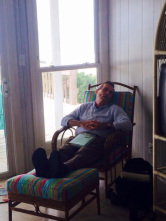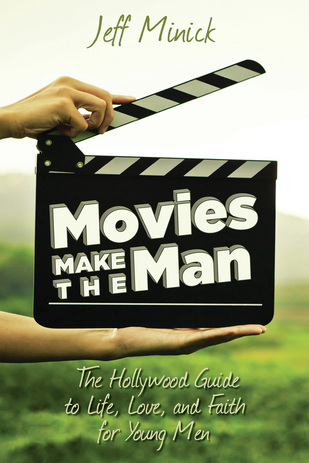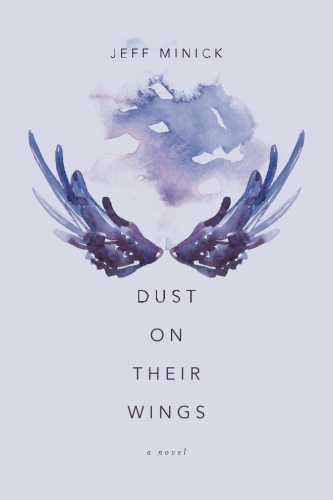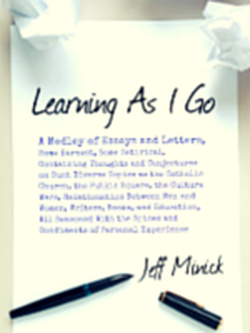“Only The Dead Have Seen The End Of War.”
George Santayana
For much of my life, I have read military history. And for much of that same life, my country has fought wars. I am sixty-five years old. During my life we have fought four major wars—Korea, Vietnam, the Gulf War, and the War in Iraq—as well as a Cold War and countless brushfire wars. It would be nice to think that my grandchildren will see less of war than Americans of the last seven decades, but nice thoughts and wishes are too often swept away by harsh realities.
Leon Trotsky once said, “You may not be interested in war, but war is interested in you.” Men and women who have served in combat know the cruelty and ugliness of war. Those of us who have never fired a gun at an enemy combatant or seen a friend killed by an artillery shell are the fortunate ones.
George Santayana
For much of my life, I have read military history. And for much of that same life, my country has fought wars. I am sixty-five years old. During my life we have fought four major wars—Korea, Vietnam, the Gulf War, and the War in Iraq—as well as a Cold War and countless brushfire wars. It would be nice to think that my grandchildren will see less of war than Americans of the last seven decades, but nice thoughts and wishes are too often swept away by harsh realities.
Leon Trotsky once said, “You may not be interested in war, but war is interested in you.” Men and women who have served in combat know the cruelty and ugliness of war. Those of us who have never fired a gun at an enemy combatant or seen a friend killed by an artillery shell are the fortunate ones.
What is invisible to most of us are the costs of war. There are the immediate horrendous costs of fighting as we are in the Middle East today, but there is also the hidden cost—the fact that we will be paying for all these wars long after most of the soldiers who fought them have gone to nursing homes or a grave. In 2014, for example, we were still paying a pension to a woman in Wilkesboro, North Carolina, whose father had fought in the Civil War.
If we are going to go on fighting wars, we should try in some way to understand them: how they start, what drives them, how they are fought, how they end. Literally hundreds of good military histories exist. Here are four of my favorites:
Shelby Foote’s The Civil War: A Narrative is already an American classic. Elegantly written, Foote’s sweeping three-volume epic carries readers from the Texas plains to the Virginia battlefields. Foote, who was also a novelist, has a fine eye for both the big picture and the cameo of the battlefield. http://amzn.to/2eQRkuv
The Face Of Battle: A Study of Agincourt, Waterloo, and the Somme thrust John Keegan into the front ranks of military historians. He offers excellent descriptions of the tactics used in these battles while always remembering and commenting on the human beings who fought them. We experience what the soldiers were feeling: the mud and rain, the terrain, the storm of arrows, cannon balls, and artillery shells. http://amzn.to/2eLNe3r
Another Keegan favorite of mine is Six Armies In Normandy, which recounts the D-Day Invasion and the Allied break-out into France. http://amzn.to/2eQLPMc
Colonel David Grossman’s On Killing: The Psychological Cost of Learning to Kill in War and Society is a study of techniques developed within the last fifty years to turn recruits into soldiers who will kill. Grossman reveals, for example, how enormous numbers of American soldiers in World War II either refused to fire at the enemy or else fired their weapons blindly. On Killing is a fascinating study of how the military services worked to break down this reluctance and its effects on society. Here is the updated version of the book. http://amzn.to/2fYH1ao
Finally, Anton Myrer’s Once An Eagle is required reading for Marine Corps First Lieutenants and is frequently taught in leadership classes at West Point. Why? Because although it is a novel, Once An Eagle covers American military history from our pre-World War One expeditions into Mexico up through the Vietnam War. The book also gives us Sam Damon, a true military hero, a man who rises through the ranks from private to general. Anton Myrer, with whom I corresponded long ago before his death, creates here an astounding array of characters and reminds readers that honor and duty remain among the highest of military virtues. http://amzn.to/2eq2doq
Best wishes and happy reading!
If you enjoyed this piece, please like and share. If you decide to order one of the books, or find out more about them, copying or pasting the link at the end of each short review will take you to Amazon.
If we are going to go on fighting wars, we should try in some way to understand them: how they start, what drives them, how they are fought, how they end. Literally hundreds of good military histories exist. Here are four of my favorites:
Shelby Foote’s The Civil War: A Narrative is already an American classic. Elegantly written, Foote’s sweeping three-volume epic carries readers from the Texas plains to the Virginia battlefields. Foote, who was also a novelist, has a fine eye for both the big picture and the cameo of the battlefield. http://amzn.to/2eQRkuv
The Face Of Battle: A Study of Agincourt, Waterloo, and the Somme thrust John Keegan into the front ranks of military historians. He offers excellent descriptions of the tactics used in these battles while always remembering and commenting on the human beings who fought them. We experience what the soldiers were feeling: the mud and rain, the terrain, the storm of arrows, cannon balls, and artillery shells. http://amzn.to/2eLNe3r
Another Keegan favorite of mine is Six Armies In Normandy, which recounts the D-Day Invasion and the Allied break-out into France. http://amzn.to/2eQLPMc
Colonel David Grossman’s On Killing: The Psychological Cost of Learning to Kill in War and Society is a study of techniques developed within the last fifty years to turn recruits into soldiers who will kill. Grossman reveals, for example, how enormous numbers of American soldiers in World War II either refused to fire at the enemy or else fired their weapons blindly. On Killing is a fascinating study of how the military services worked to break down this reluctance and its effects on society. Here is the updated version of the book. http://amzn.to/2fYH1ao
Finally, Anton Myrer’s Once An Eagle is required reading for Marine Corps First Lieutenants and is frequently taught in leadership classes at West Point. Why? Because although it is a novel, Once An Eagle covers American military history from our pre-World War One expeditions into Mexico up through the Vietnam War. The book also gives us Sam Damon, a true military hero, a man who rises through the ranks from private to general. Anton Myrer, with whom I corresponded long ago before his death, creates here an astounding array of characters and reminds readers that honor and duty remain among the highest of military virtues. http://amzn.to/2eq2doq
Best wishes and happy reading!
If you enjoyed this piece, please like and share. If you decide to order one of the books, or find out more about them, copying or pasting the link at the end of each short review will take you to Amazon.






 RSS Feed
RSS Feed